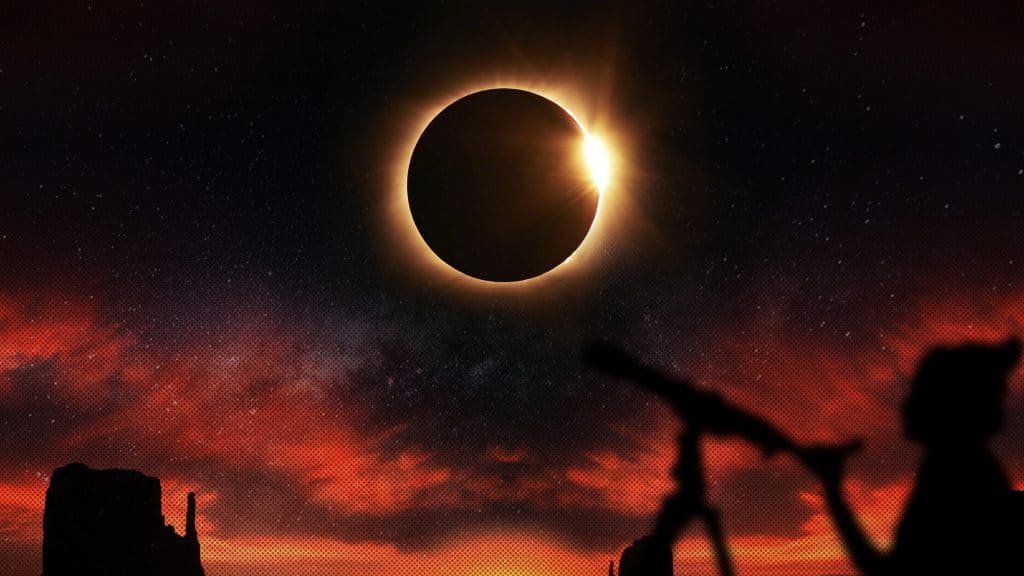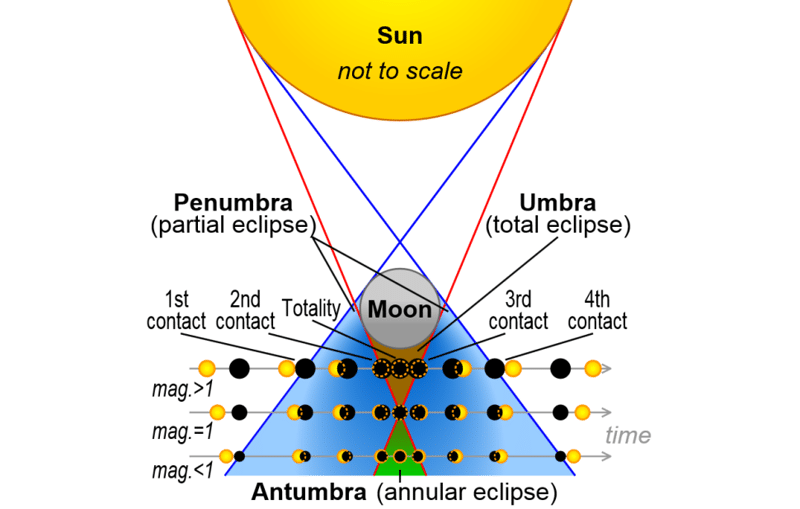
Hybrid solar eclipses occur less than once a decade and precisely, this April 2023 it was possible to enjoy the first one since 2013 and the last one in 2031.
Whether solar eclipses or lunar eclipses have caused the greatest fascination just for being the most recognized astronomical phenomena.
The common eclipses are the partial eclipse that is when the moon only occupies a part of the sun; annular eclipse where the moon blocks the center of the sun leaving a luminous ring visible at the end; and total eclipse, where the entire solar disk is blocked by the moon.
Read more: Cancer vaccines and their effectiveness
Being the most common eclipses, there is one that is the rarest, and is the hybrid eclipse which appear once in a decade, and it is when a total eclipse and an annular eclipse are combined.
But why is it called hybrid?
Around the world, the eclipses can be seen as total eclipse or annular eclipse, calling them annular-solar eclipse, and its characteristics depend on the place on the globe from where the event is observed.
So, in this way, the hybrid eclipse will move across the sky in a certain geographical area, while evolving from one phase to another.

When this type of eclipse will happen?
Although it will not be clearly visible from the Americas this April 20, the southern hemisphere had the chance to enjoy this phenomenon as hybrid and it was seen from Southeast Asia, the Philippines and Oceania this April 19.





